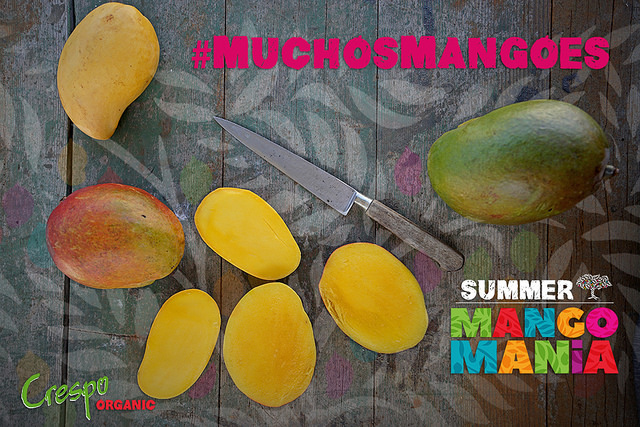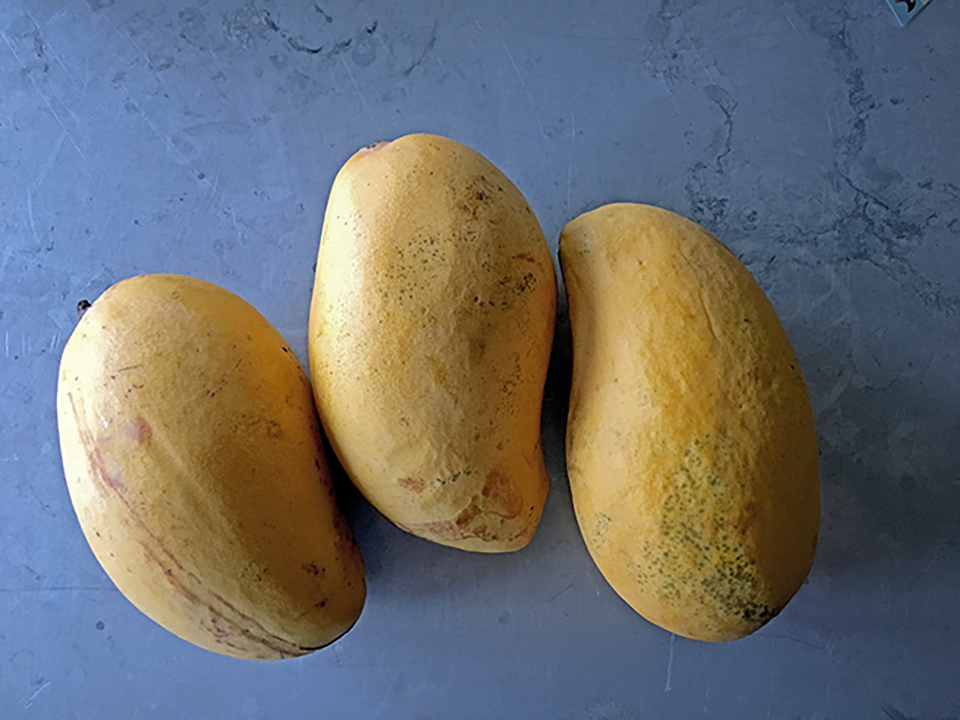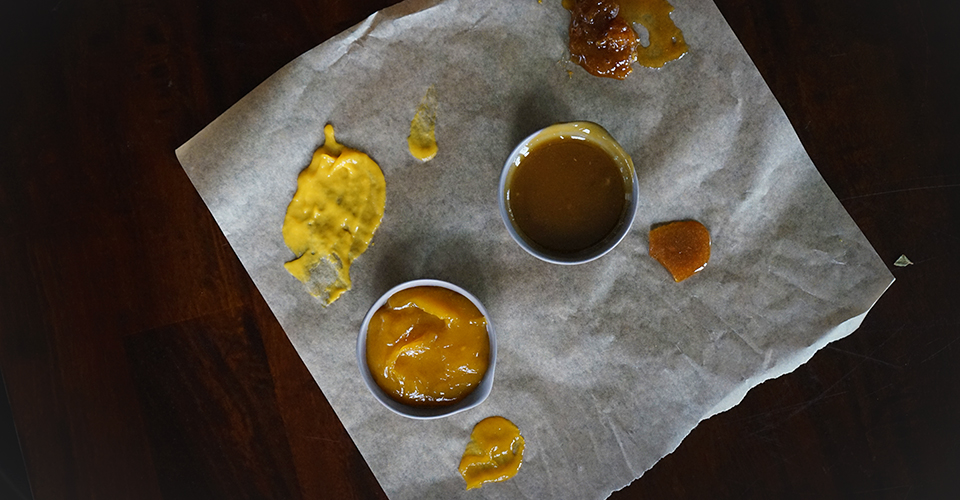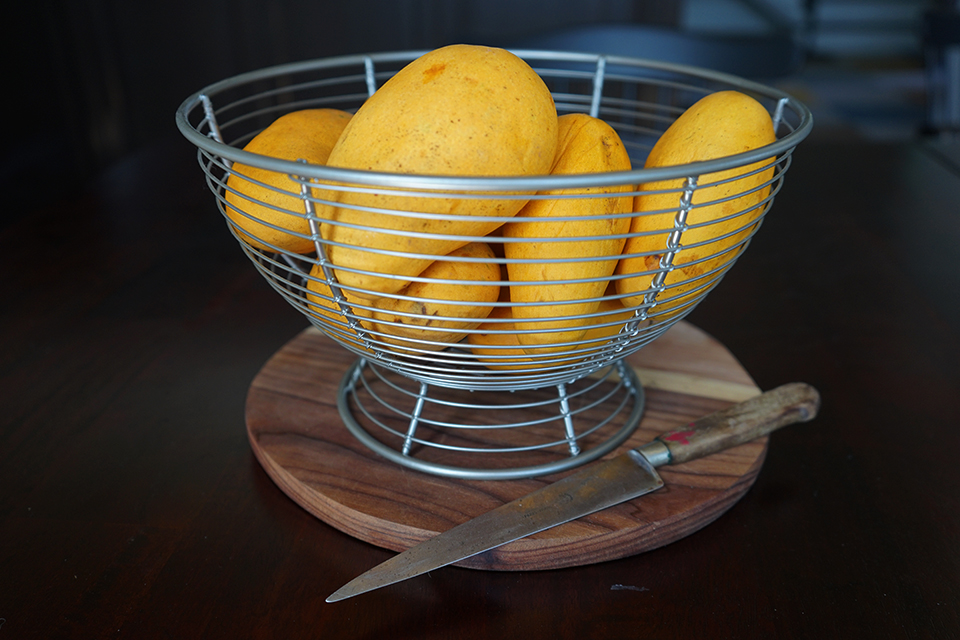…and neither does the Ataulfo Mango
I can’t tell you how many times I have been called Lisa, Melissa, Alissa, and, even, Carissa when various adults have had to read my name, Nissa, aloud. The very existence of the name Nissa (pronounced Niss like kiss with the soft “a” pronounced like uh = Niss–uh) baffles most Americans. Most people pronounce it like Lisa, fearing the mallet of mispronunciation, but I never mind when people mess up my name. In fact, half the world calls me Nee-sa because it’s easier for many of the world’s tongues. Many cultures struggle with the pronunciation of the sharp “i”. What I do mind is when, in order to avoid saying it wrong, they refuse to try. I imagine it’s all fear-based—fear of sounding stupid, fear of making a mistake. Whatever the case may be, it’s time for all of us to get to know each other’s names along with the accents and cultures they come from. To sound silly is a worthwhile sacrifice to make when learning new words—to try is to connect in all of our humanness. As Americans, we need rise to the challenge and embrace diversity in all its forms. To embrace, and celebrate, diversity is to be on the right side of history. We can start as simply as confronting our fear of mispronunciation, getting to know names we deem too ethnic and too unusual.
The complexities of facts and slow to move information in mangoes
Over the years I have had my own ideas about mango quality. I thought I understood the major problems affecting the “king of fruits”, specifically the varietals with which I worked and the countries they were from. Since I traveled to the depths of the orchards in multiple continents to examine the fruit and its “afflictions du jour”, I thought I had the facts straight on mango quality, but I have come to discover that I haven’t got the facts straight at all. I have barely scratched the surface of information when it comes to mangoes. Like most everyone in the industry, I have been fed a lot of skewed news and misinformation about the quality of mangoes; I am now only just beginning to grasp the real truth: mango systems are incredibly complex and real information doesn’t always flow properly. So, as we enter the age of transparency, I start by doing my part – asking more questions.
2017 season springs into action in Oaxaca with “normalcy”
The first cut of the 2017 Mexican mango season will happen sometime around the second week of January but the US market won’t get their hands on any until mid February. The projected “normalcy” that Crespo Organic reported on in late November 2016, seems to be on track and with each day comes more exactitude in our forecasting. Early bloomage and cooperating weather has given way to ample fruit formation for this spring and we are happy to continue to predict a “normal” mango season for the southern Mexican regions of Oaxaca and Chiapas. This not only good timing but good for the Crespo Organic Mango season we are about to “spring” into.
Foolproof Caramel Recipes Using Mangoes: Salted (Classic), Faux and Tropical Vegan
There is no one way to make caramel. The variances of technique, ingredients and measurements are ample. It’s really a matter of taste and personal preference that guide choices. And when it comes to caramel there is one overlying rule: practice makes perfect.
Ataulfo ~ Champagne ~ Yellow ~ Manila
The Ataulfo, often seen referred to as a Champagne Mango (a name trademarked by a specific importer years back) or yellow mango, is known as Mexico’s “yellow slipper”, (after the slipper shape) as it is described in Spanish. It is one of the most coveted mango varietals available to us in North America. The oval or (sort of) kidney bean-shaped fruit has a slightly spicy and vibrant, super sweet flavor; it is constantly revered for its nonfibrous flesh and buttery consistency, as well as its small narrow seed. In terms of mangoes, the Ataulfo offers what is pretty near perfection in a mango-eating experience. In my opinion, the flavors of the Ataulfo scream Mexico, with subtle but bright citrus (limón) and spicy (chili) undertones smothered in a sweet (sugar caramel) buttery flesh.
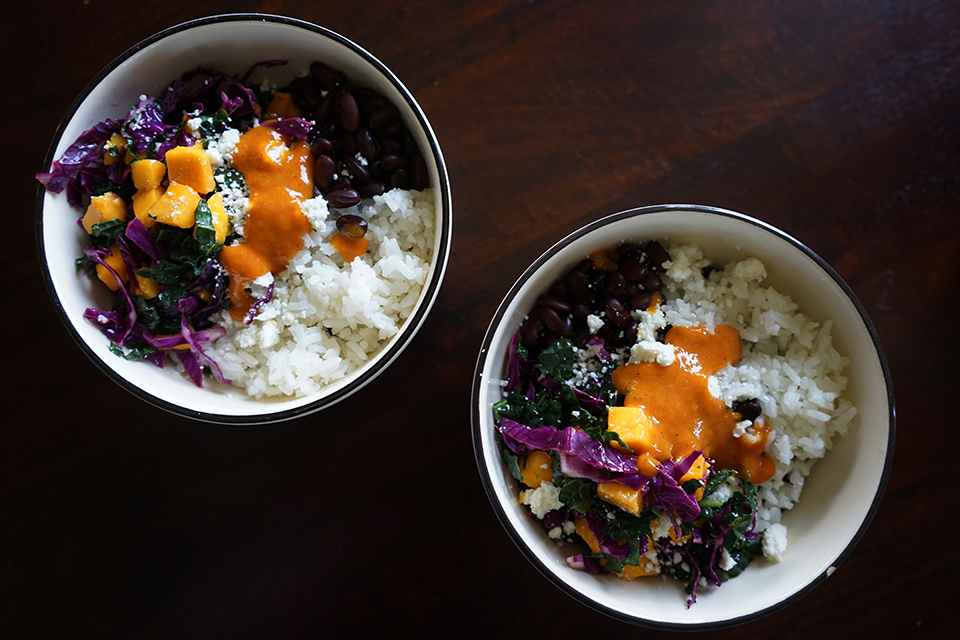
Saucy & Sweet
Mangoes are one of the biggest agricultural products from Sinaloa, Mexico. In the U.S., mango consumption peaks in the summertime, which coincides with the peak production of mangoes in the Sinaloa region. America’s massive mango demand makes them one of the most important products in Mexico. Empaque Don Jorge, the packinghouse for El Grupo Crespo and home of Crespo Organic Mangoes, is located in Rosario, also an important habanero production zone. Habaneros were one of the first crops and exports for El Grupo Crespo, originally a chili pepper business started in 1960 for the local market.
Chilies are one of Mexico’s heritage crops and habaneros are the chili of choice in Sinaloa. Brought over for agricultural production from the Yucatan area, habaneros were discovered to grow very well in and around Rosario, producing a good amount of heat (but not as much as in other production zones ), registering between 200,000-300,000 on the Scoville scale, on average and having a specific almost tropical taste. The great yields, coupled with the exquisite flavor profile that resulted from the area, led way to Rosario’s booming habanero industry.
An upside down cake that’s naturally sweet
Nearly every fruit can be made into an upside down cake, it’s such a simple way to enjoy fresh fruit and cake simultaneously.
Mangoes are perfect for this cake because they give it a beautiful, vibrant color and add a natural sweetness, which allows for a less sugary cake batter. The perfect balance of tart and sweet. The perfumy aromas of mangoes are intensified when baked, and thus this experience is like aromatherapy.
I prefer a cast iron skillet for this recipe (and, frankly, for all my upside down cakes). I feel that the fruit has a more caramelized flavor and texture when I use this kind of pan. When using a well-seasoned cast iron skillet the fruit tends to release itself from the bottom of the pan with greater ease.

